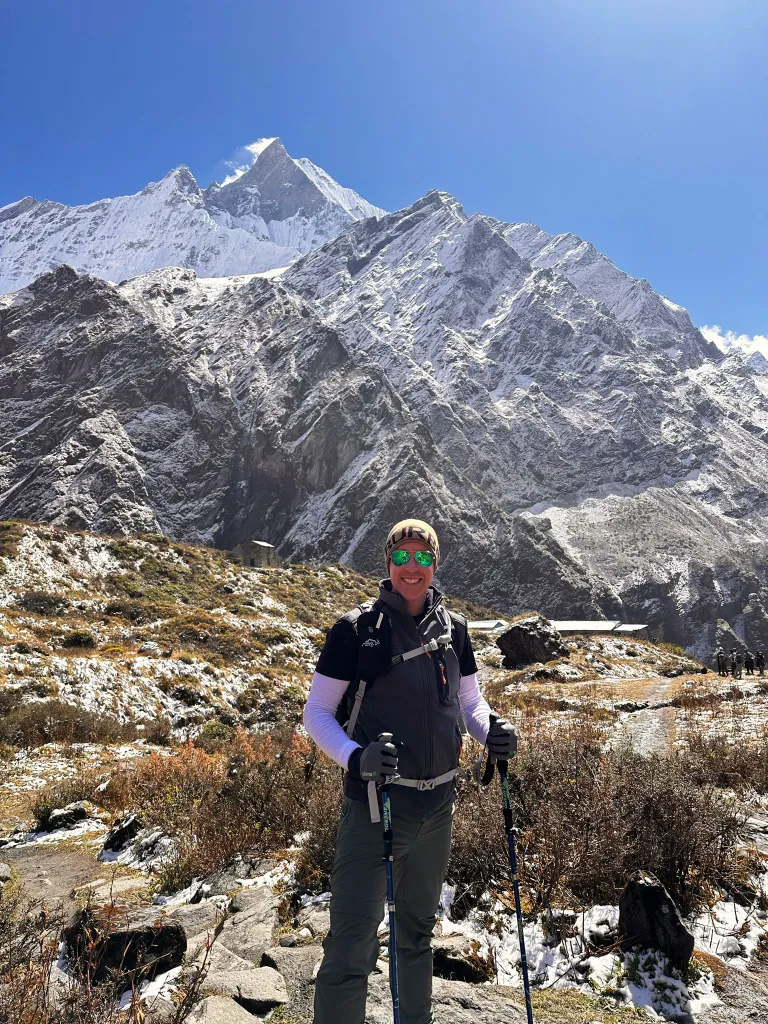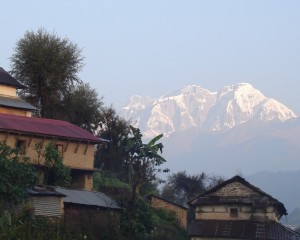Trekking in Nepal on a Budget: How to Save Without Sacrificing Experience
Trekkers and adventurers always find Nepal to be their ideal destination based on the number of activities it has to offer. But for trekkers, the main issue arises in the budget. What if we tell you there are a bunch of ways for you to make your way in the lap of the towering Himalayas without breaking your bank account?
Wandering in the natural and cultural wonders with the appealing experience of a lifetime amdst the highest towering peak is what trekking in Nepal looks like. What's even better to have trekking in Nepal is the affordability compared to other trekking destinations like Europe or South America. With budget-friendly accommodations, inexpensive meals, and low-cost permits, trekking in Nepal provides world-class experiences.
To make your trekking in Nepal much better, we have compiled some of the actionable tips to help you save money while ensuring your trek is just as rewarding. So why wait? Let us dive right into it.
How to Trek Cheaply in Nepal
Every backpacker and trekker needs ways to reach the budget in different locations. The same goes for their journey in Nepal, so without any further ado, let us understand the best ways to help you trek cheaply in Nepal.
Choose Less Popular Trekking Routes
Nepal has a variety of trekking ranges, from short treks to long journeys in the remote region of the Himalayas. The long and popular treks like Everest Base Camp Trek, Annapurna Circuit Trek, and Manaslu Circuit Trek provide unique experiences of the natural and cultural heritage of the region. Yet these can cost a bit much because of the factors like accessibility, popularity and other factors.
For this, you might want to choose the less popular or newly established trekking route like Langtang Valley Trek, Mardi Trek, Annapurna Base Camp Trek, or Ghorepani Poon Hill Trek. These treks have lower permit costs, affordable accommodation and food options. Besides, the trek does not compromise to show off the cultural and natural gems, so your worry about an appealing trekking experience should not be prevalent.
Travel During the Off-Season
In the peak seasons of spring and autumn, you are sure to face the surplus price of basic things because of overcrowding. In such a situation, you can do is to book the trek at the early or end of the season to tackle the cost and overcrowding. Besides, you can also opt for the rain shadow trek, like the Upper Mustang or Nar Phu Valley trek, during the monsoon season; these treks have less impact. Accommodation prices tend to drop during this time, and teahouses are more likely to provide discounts due to reduced demand.
The best way is to plan your trek in the off-season, such as in November or late March. The time has comfortable weather, and accommodation and services are affordable. Moreover, the best part is that you’ll also have a more peaceful experience on the trails, with fewer trekkers competing for space at viewpoints or teahouses.
Stay in Budget Accommodations
Aside from the diverse trekking range, you also have a variety of accommodations rom luxury lodges to basic teahouses. Choosing budget accommodations can help you save substantially on your trek.
The traditional teahouses are small family-run lodges scattered around the trekking region that provide basic accommodation and food in the mountains. While the facilities are basic, they are comfortable, and the chance to interact with local hosts adds a cultural element to your trek.
Moreover, there are regions where you can stay in local homes, where families provide a bed and meals. But in the remote areas where teahouses are not an option, camping is an option. The only struggle you have to do is carry your gear and arrange for food supplies, which cuts the lodging costs altogether.
Go Local
When you are in a foreign land, you might crave to try your home food or go for luxury options. However, as a budget-managed trip, you should stay within your budget, so you should focus on eating local food and taking local vehicles to stay on track.
Local food like Dal Bhat, snacks, and supplies cost around 10-20$ a day at local eateries. But if you go out for a fancy dinner, then the range goes up and up.
In the same way, public buses, bikes, and taxis cost around 5-50$ a day. However, if the distance is walking, then it is best to take a walk or even make your way by the public bus for the affordable options.
Rent Gear Instead of Buying
Gears are a must when trekking. But if you have not packed all your stuff, you will end up buying one. The cost of investing in experience gear is a good choice, but it may not be necessary for a single trek.
By renting, you also have access to the latest gear models. At the same time, you will have well-maintained and functional equipment without the need for long-term storage or maintenance for less than $1 a day.
Additionally, if you're unsure about the quality of gear for a particular trek, renting gives you the flexibility to test it out before committing to an entire purchase. You can rent them from different shops in Thamel based on your requirements so that you can focus on enjoying your adventure without worrying about extra baggage or unnecessary costs.

How Much Money to Bring on a Trek in Nepal?
When planning a trek in Nepal, a budget is a must for a comfortable experience without overspending. The cost of trekking can vary significantly depending on the route, type of accommodation, and personal preferences. Let us help you make a simple breakdown of the budget.
How much Do You Tip on a Nepal Trek?
When trekking in Nepal, tipping is a customary way to show appreciation for the services of your guide and porter. Typically, guides are tipped between $5–$10 per day, while porters usually receive $3–$5 per day.
The amount you tip can depend on the length of your trek, the quality of service, and the size of your group. Adjusting the tip to reflect these factors is a thoughtful way to express gratitude for the support provided during your journey.
To wrap up, trekking in Nepal can be an affordable and unforgettable experience. By choosing less crowded routes, traveling during the off-season, staying in budget accommodations, and eating local food, you can enjoy the beauty of Nepal without overspending. With careful planning, you can have a fantastic trek that fits your budget.
Ready to start your budget-friendly trek in Nepal? Contact Nepal Vision Treks today and let us help you plan your perfect adventure!
FAQS






